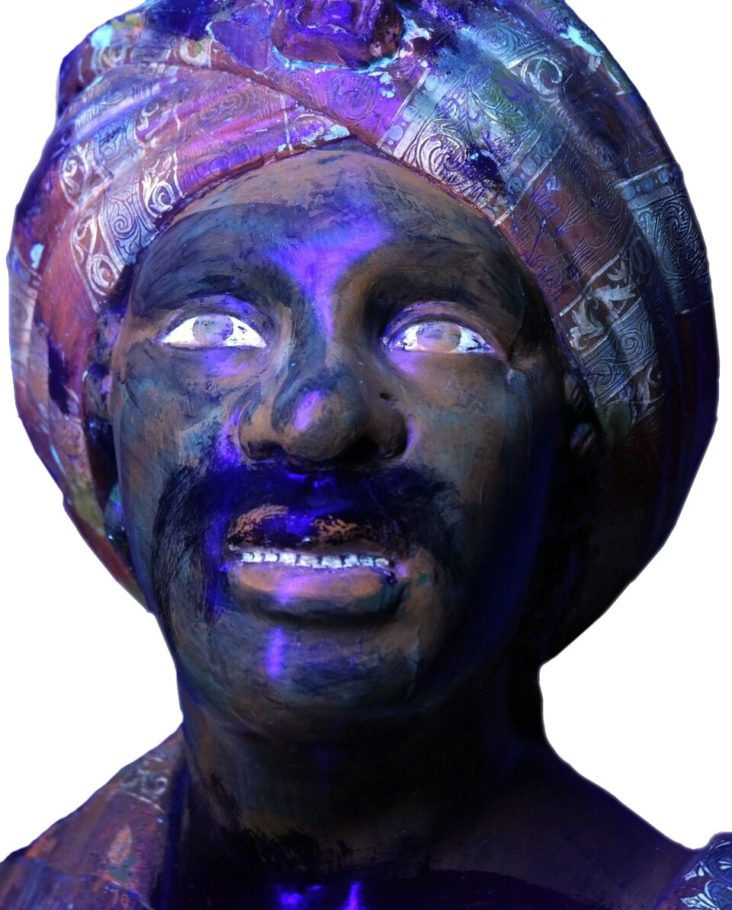The Sharjah Archaeology Authority Organizes A Virtual Lecture Entitled The Scientific Methodology For Examining And Analyzing Wood Effects

The Sharjah Archaeology Authority (SAA) organized a virtual lecture entitled “The Scientific Methodology for Examining and Analyzing Wood Effects”, which focused on treatment and maintenance methods. During the lecture, researcher Muhammad Mustafa, a master’s student at the Egyptian Japanese University of Science and Technology, and a wood restorer at the Egyptian Museum, spoke about his choice of tools for restoration and the process of restoring wood.
The lecture was part of a series of specialized scientific lectures organized by the SAA with the aim of spreading awareness of the restoration and maintenance of archaeological artefacts. 120 participants attended the lecture, tuning in from all over the globe.
Muhammad Mustafa focused on the two most important questions that must be asked- why do we restore? And how does the restorer choose his tools? Each piece has an artistic, aesthetic, and archaeological value, which must all be taken into account during the restoration process. Mustafa showed the audience a number of pictures of artefacts from various stages of time, and went on to explain the values of these pieces, before taking the attendees through the process of restoring each item.
Mustafa also explained the importance of knowing the factors of damage, as this is crucial to treating the pieces, and of sourcing a suitable location to carry out the restorations. He touched upon the criteria for selecting samples, and the need to involve an administration process in order to achieve the most comprehensive plan for restoration.
He stressed the importance of sterilization before starting the restoration process, as well as the need to provide expressive and clear images of the artifact that illustrate each stage of work, in case of new damage occurring at a later date. The scientific documentation is also a key part of the process; information collection, such as the period of time the artefact was produced and the chemical and materials it is made of, are all vital to the procedure.
Sharjah Archaeology Authority provides a platform to learn about the various aspects regarding the preservation of the local archaeological and heritage components, to align with the values and stature of the Emirate of Sharjah. They constantly apply a systematic work approach, in accordance with the latest international practices and pioneering standards, to ensure sustainability in preserving archaeological heritage for future generations to learn.

